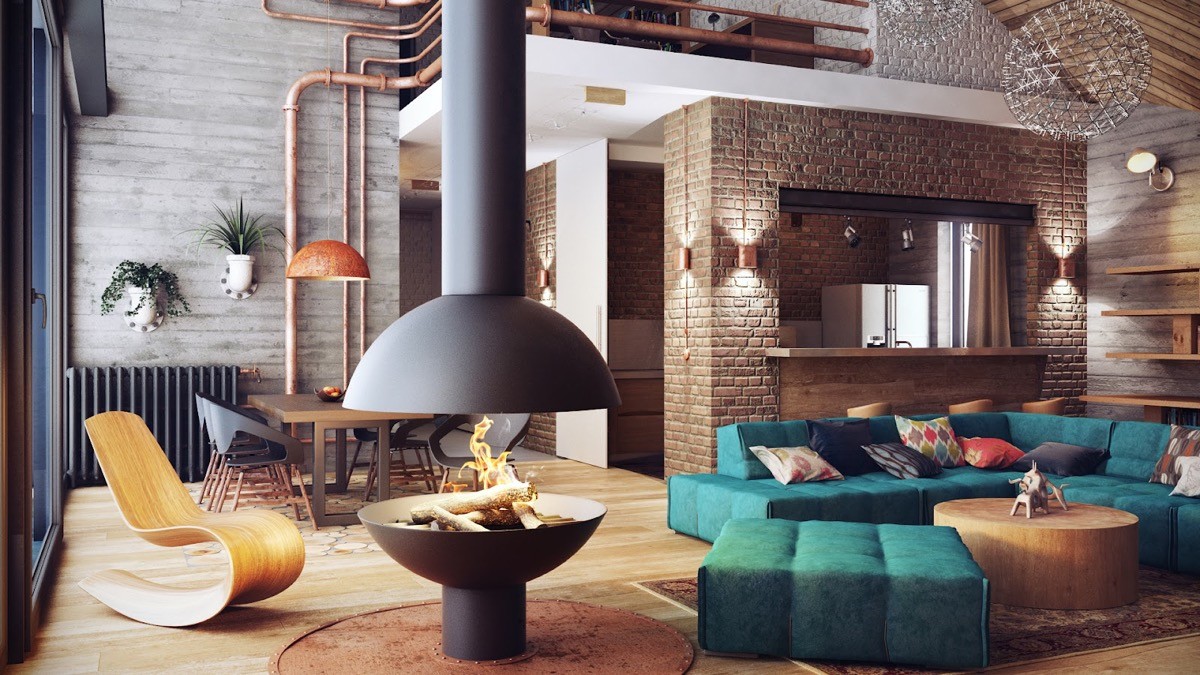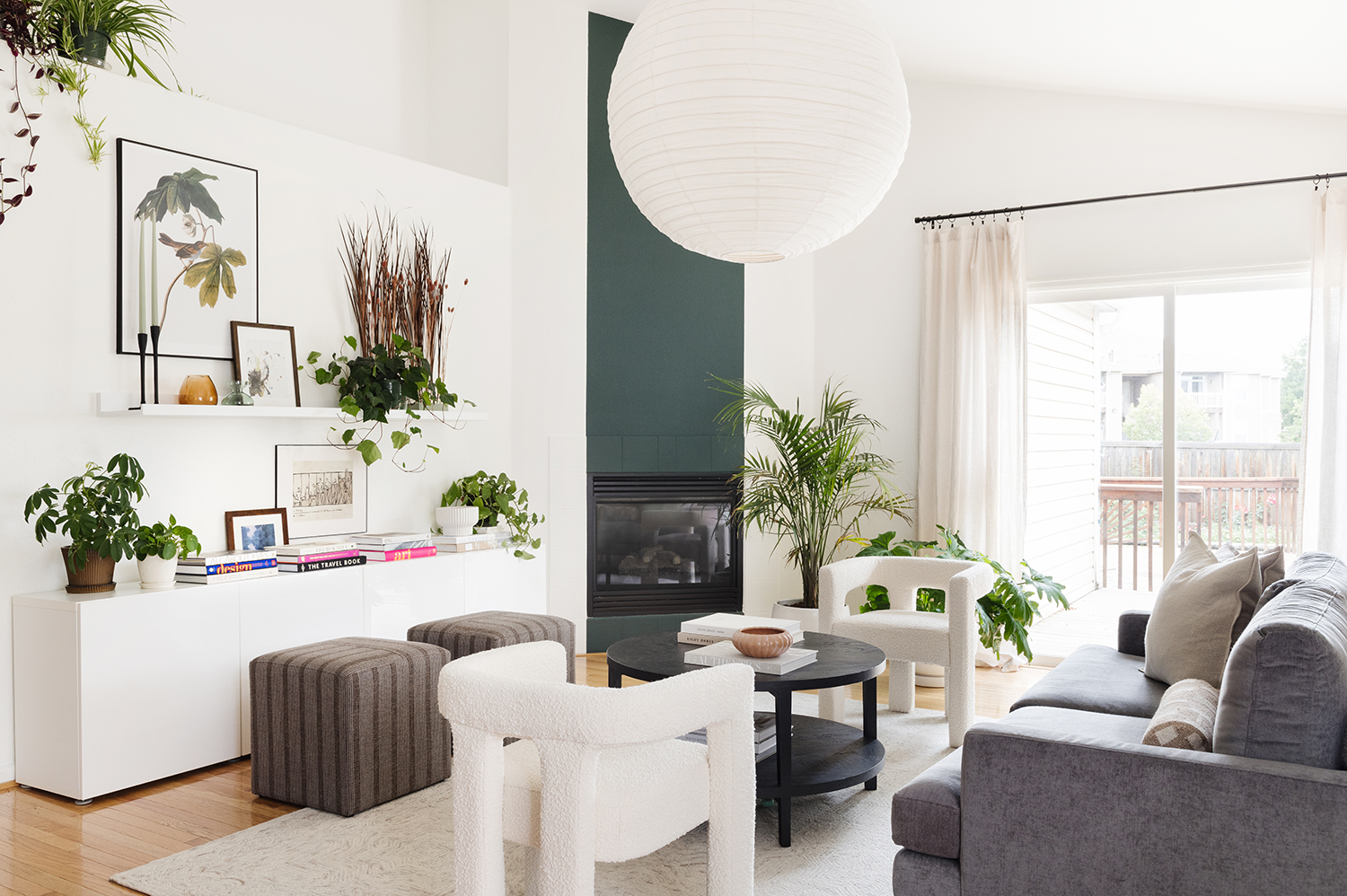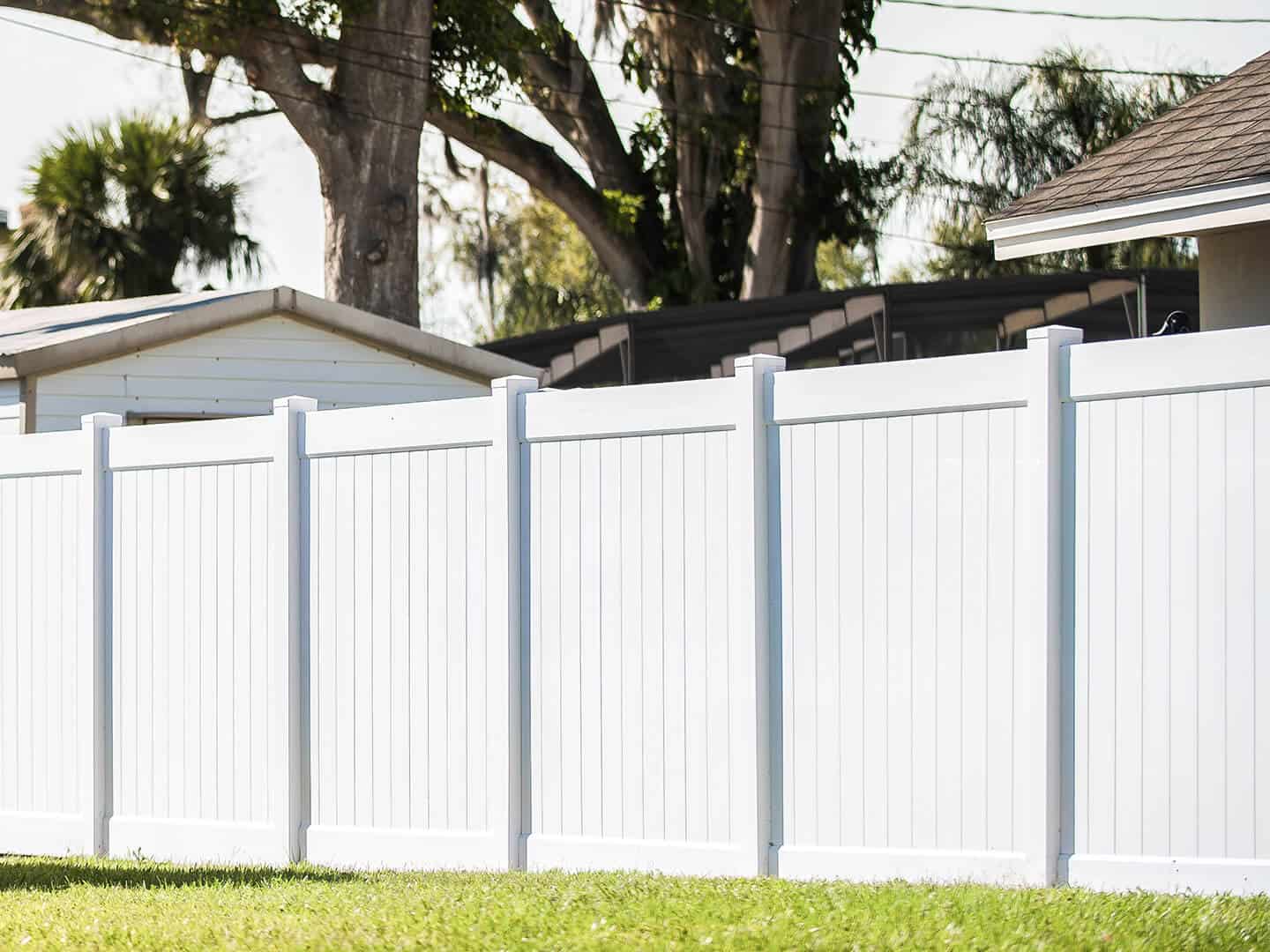Industrial Interior Design: Bold and Unique Ideas
Industrial Interior Design: Bold and Unique Ideas is all about embracing raw, unfinished aesthetics and creating spaces that evoke a sense of authenticity, modernity, and boldness. The industrial style has rapidly gained popularity in recent years, and it’s easy to see why. This design approach offers an exciting fusion of old-world charm and sleek, contemporary features. From exposed brick walls to repurposed furniture, industrial interior design celebrates imperfections and elevates them into works of art. But how can you create your own industrial-inspired space? Let’s dive into some key elements and bold ideas to transform your space.

1. The Power of Exposed Materials
One of the defining features of industrial interior design is the use of raw materials that are often left exposed. Think of it as a nod to the industrial revolution, where practicality and utility were paramount. Exposed brick, concrete walls, steel beams, and unfinished wooden floors are all staples of this design style. The beauty of industrial interior design lies in the way it celebrates the natural texture and ruggedness of these materials.
Exposed Brick Walls
Exposed brick is perhaps the most iconic feature of industrial design. It adds warmth, texture, and character to any room. Whether you opt for a full brick wall or just a partial accent wall, this element will instantly infuse your space with a sense of history. You can choose to keep the brick in its natural red hue, or you can opt for painted or whitewashed bricks for a more modern twist.
Concrete Floors and Walls
Concrete is another material that plays a central role in industrial interior design. It offers an ultra-modern, yet gritty, aesthetic. Concrete floors, polished or rough, lend a cool, minimalist vibe to any room. Additionally, concrete walls are often seen in industrial spaces, providing a blank canvas that can be dressed up with artwork or minimalist decor.
Steel and Iron Elements
Steel and iron are essential components in industrial style. Incorporating metal accents such as iron chandeliers, steel shelving, or metal light fixtures can add a touch of industrial charm to your space. These elements not only provide an industrial edge but also lend durability and functionality to the design.
2. Open Spaces with High Ceilings
The industrial style thrives in large, open spaces. High ceilings and open floor plans are a hallmark of industrial interior design. These spaces often mimic old factories or warehouses, giving them a vast, airy feel. Large windows allow natural light to flood the room, making it feel even more expansive.
Loft-Like Spaces
Lofts are the epitome of industrial design. If you have a loft space or a large open-plan area, you can embrace the industrial look with high ceilings, exposed beams, and a combination of vintage and modern furniture. A loft-style space exudes an effortlessly cool vibe, combining minimalist furniture with carefully selected industrial accents.
Incorporating Large Windows
Large windows are an essential feature of industrial-style spaces. They allow for plenty of natural light to flood the room, creating a bright and airy atmosphere. You’ll often see floor-to-ceiling windows in industrial designs, with metal or wooden frames that complement the raw aesthetic. The larger the windows, the more expansive and open your space will feel.
3. Statement Lighting: Bold and Functional
Lighting plays a pivotal role in industrial interior design, as it adds both functionality and style. Industrial lighting fixtures are often oversized and feature bold designs, making them the perfect statement piece for any room. Think vintage pendant lights, exposed bulbs, and large industrial chandeliers.
Pendant Lighting
Pendant lighting is a classic choice for industrial spaces. These light fixtures can be hung over kitchen islands, dining tables, or living room spaces. Choose fixtures with a vintage feel, such as matte black metal shades or oversized Edison bulbs. The industrial vibe shines through with lighting that’s functional and striking at the same time.
Exposed Bulbs and Large Chandeliers
In the world of industrial interior design, the more exposed the bulb, the better. Edison bulbs are a popular choice for their warm glow and vintage appeal. Additionally, large metal chandeliers with intricate, geometric designs are commonly seen in industrial spaces. These bold lighting options will not only illuminate your room but also serve as a captivating focal point.
4. Repurposed and Vintage Furniture
One of the most exciting aspects of industrial interior design is the use of repurposed furniture. The industrial aesthetic thrives on creativity and sustainability. Rather than purchasing brand new furniture, many people choose to repurpose old items or invest in vintage pieces that have been given a new life. This not only adds character to your space but also makes it more eco-friendly.
Upcycled Materials for Furniture
Furniture crafted from upcycled materials is a hallmark of industrial design. Tables, chairs, and bookshelves made from reclaimed wood or repurposed metal offer a rustic yet refined feel to any room. An old factory cart turned into a coffee table or a vintage metal locker transformed into storage provides functionality while adding personality to your space.
Vintage and Antique Touches
Incorporating vintage and antique furniture into your design can help balance the roughness of the industrial elements. Look for pieces with character, such as leather sofas, tufted chairs, or worn wooden tables. These vintage finds bring warmth and history into your space, creating a unique blend of old and new.
5. Neutral and Earthy Color Palettes
The color palette in industrial interior design tends to be neutral and earthy, with an emphasis on muted tones and natural hues. The colors are often derived from the raw materials used in industrial spaces, such as the deep reds of exposed brick, the cool grays of concrete, and the warm tones of wood.
Neutral Tones and Grays
Neutral colors are essential for creating the backdrop of an industrial space. Grays, whites, and beiges are the go-to shades, as they mimic the color of concrete and metal. These tones create a sleek, minimalistic environment that allows the raw textures and materials to take center stage.
Earthy Accents and Warmth
While the base color palette is neutral, earthy tones like terracotta, brown, and mustard yellow can be introduced to soften the look. Consider adding warmth to the space with accessories like woven rugs, leather cushions, and wooden furniture. These accents will create a welcoming atmosphere without detracting from the industrial edge.
6. Industrial Art and Wall Decor
Wall decor is an important part of industrial interior design. The goal is to create a gallery-like feel with statement pieces that reflect the boldness of the space. Industrial art often features abstract designs, vintage posters, or geometric patterns, and it’s typically framed in simple, minimalistic frames.
Abstract and Geometric Art
Geometric shapes and abstract designs fit well within the industrial aesthetic. These types of artwork often complement the hard lines and raw materials present in the space. Look for art that incorporates metallic tones, such as gold or copper, to tie in with the industrial vibe.
Vintage Posters and Metal Wall Art
Vintage posters from old factories, travel advertisements, or retro movie posters can bring an eclectic, nostalgic feel to the space. Metal wall art, such as industrial-themed sculptures or metal signs, is also a popular choice. These pieces add character and visual interest to otherwise simple walls.
7. Mixing Industrial Design with Other Styles
While industrial interior design is bold and statement-making on its own, it can also be paired with other styles to create a unique, personalized look. Mixing industrial elements with other design styles like Scandinavian, mid-century modern, or boho can bring a sense of balance and creativity to your space.
Industrial Meets Minimalism
Minimalism and industrial design go hand-in-hand, as both emphasize simplicity and functionality. When combined, the clean lines and open spaces of minimalism complement the raw, unfinished features of industrial design. This fusion creates a sleek, sophisticated space with an effortless charm.
Industrial and Scandinavian Style
The combination of industrial and Scandinavian design works particularly well in terms of functionality and style. The cozy, light tones of Scandinavian interiors balance out the rugged, darker features of industrial design. A Scandinavian-industrial fusion can be achieved by incorporating light wood furniture, soft textiles, and simple decor into an industrial space.
Industrial interior design is bold, unique, and brimming with personality. Whether you’re working with a large loft or a small apartment, incorporating these design elements into your space will help create an atmosphere that feels both authentic and modern. By embracing raw materials, exposed features, and repurposed furniture, you can transform any room into an industrial masterpiece. Don’t be afraid to mix and match different styles, play with textures, and add your own personal touch to create a space that’s truly one-of-a-kind. The beauty of industrial interior design lies in its versatility and its ability to evolve with the changing times, making it a perfect choice for the contemporary home.







